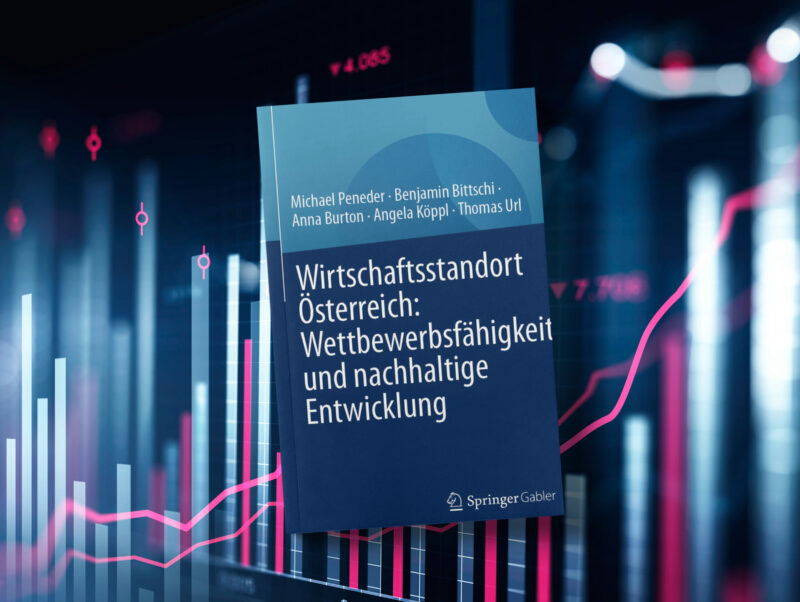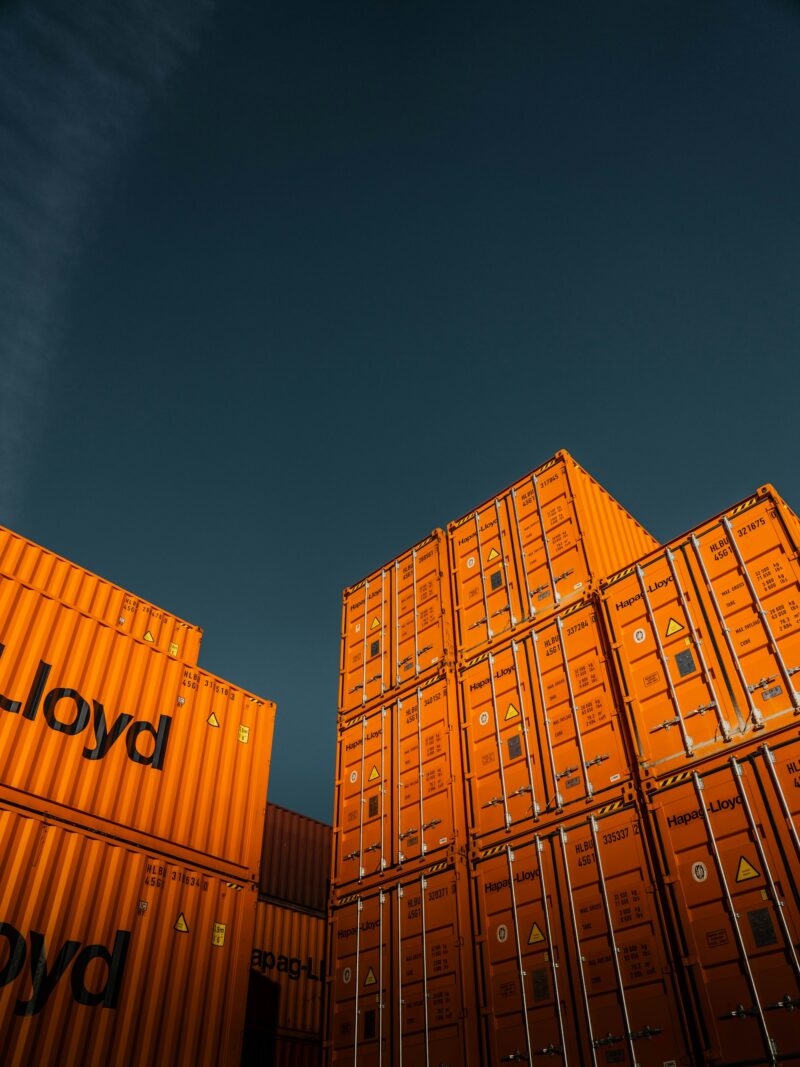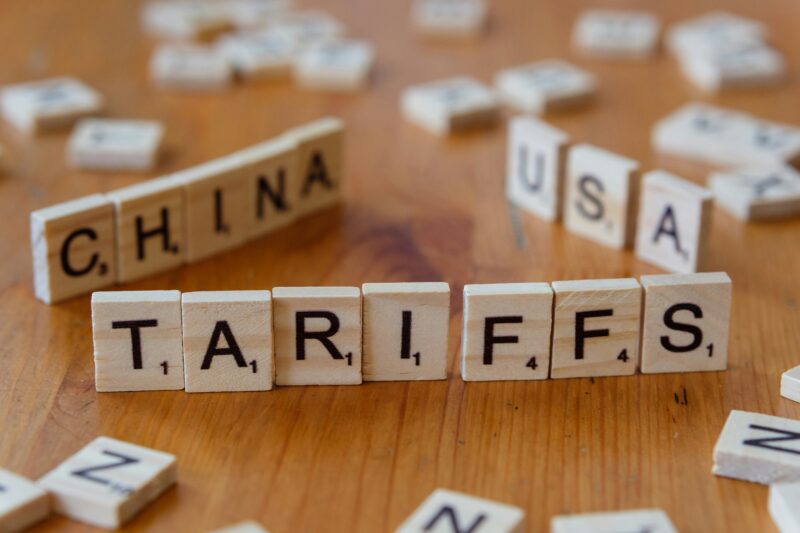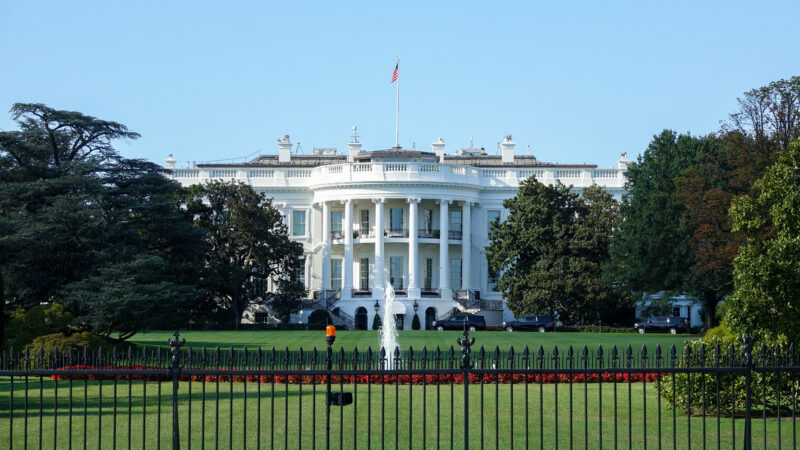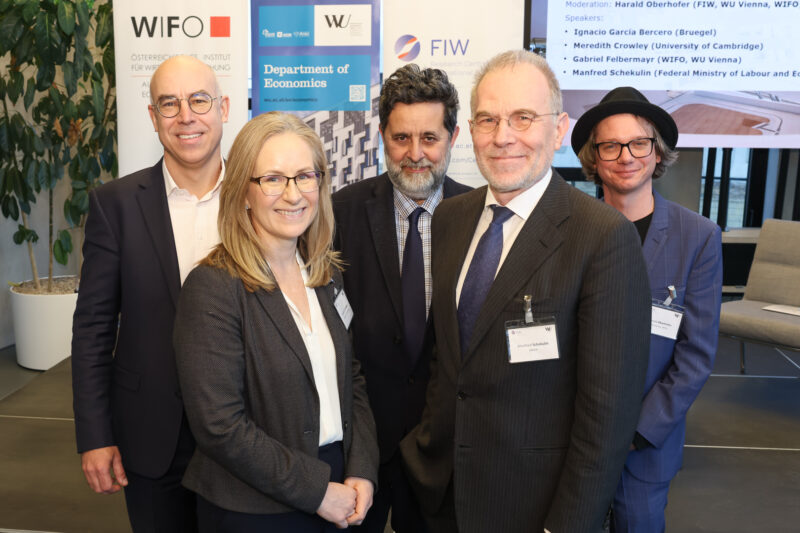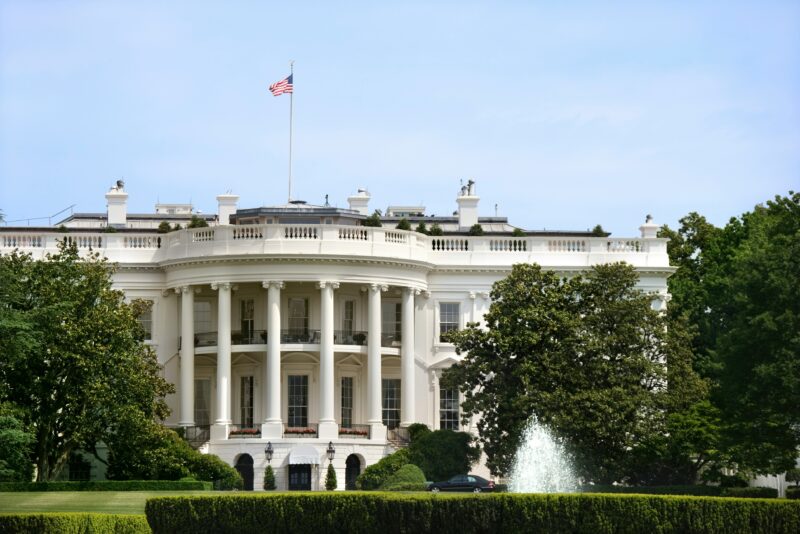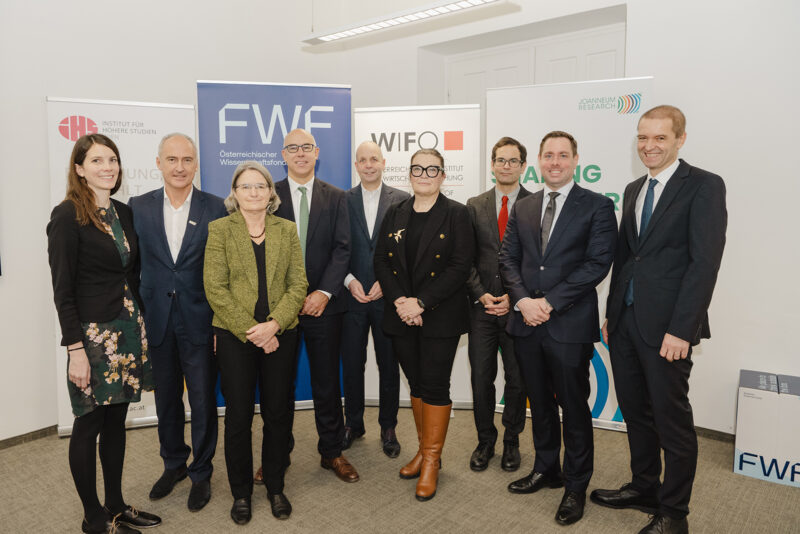
2024 was a Challenging Year for Austrian Foreign Trade
On Wednesday, 19 February 2025, the "Research Centre International Economics" (FIW) published its sixth annual report on the "State of Austrian Foreign Trade". In addition to the current international framework conditions, the expert team presents a short-term forecast of Austria's foreign trade development for the years 2025 and 2026, as well as medium-term trends that could have a lasting impact on global economic activity and the rules-based global trading system. The discussion centres on the possible consequences of Donald Trump's presidency for the rules-based global trading system and explores the question of how the EU and other important trading partners could react to policy of the USA.
The calendar year 2024 poses major challenges for Austria's foreign trade. In 2024, total exports of Austrian goods and services are expected to fall by 2.9 percent, with goods exports expected to fall by 4.5 percent in real terms in 2024. The main reasons for this were the ongoing industrial recession in Europe, the weak economic development in Germany – the most important export market – and a decline in the competitiveness of Austrian goods production. Exports of services are comparatively robust, which can be attributed to strong tourism exports at the start of the year, transport services and company-related service exports.
According to preliminary data, the balance of trade in goods improved by 8.6 billion € until September 2024, resulting in a trade surplus for 2024. This improvement is accompanied by a positive terms of trade effect. With imports falling much more sharply than exports, the trade balance in goods amounted to +3.5 billion € by the third quarter of 2024. According to data from Statistics Austria, a strongly positive terms of trade improvement of 3.9 percent is expected for 2024 as a whole.
The annual report forecasts a moderate recovery in Austrian exports and imports for 2025 and 2026. Price-adjusted exports of goods are expected to grow by 1.5 percent in 2025 and 2.0 percent in 2026. Total export growth is expected to reach 1.4 percent in 2025 and 2.3 percent in 2026. Real total imports of goods and services are forecast to grow by 1.7 percent in 2025 and 2.3 percent in 2026. The terms of trade are likely to deteriorate again in 2025, mainly due to the depreciation trend of the euro against the dollar, and remain unchanged in 2026.
The forecasts for 2025 and 2026 face a number of downside risks. The greatest risks to the forecast arise from the necessary budget consolidations in the major European economies and their potential impact on industrial and investment activity in Europe. Further uncertainties arise from the fiscal and trade policy measures of the new President of the USA Donald Trump. In particular, his tariffs against key trading partners such as Mexico and Canada, some of which have already come into force but some of which have been suspended, and the planned tariffs on all steel and aluminium imports to the USA could trigger considerable trade tensions.
There are no simple political solutions to these challenges in sight. The central role of the USA in the global economy means that a comprehensive break with existing trade rules will have tangible and far-reaching consequences for the entire global economy. Nevertheless, the EU can and should take measures in its own interest and react to possible initiatives by Donald Trump in line with global trade rules. Greater diversification of trade relations and new trade agreements, for example with Mercosur countries, could strengthen Europe's economy. The WTO should continue to play a central role for the EU, even if institutional weaknesses limit its ability to act.
Despite all the trade policy challenges, however, the question of the medium- to long-term competitiveness of the European economy must not be ignored. The "Compass for Competitiveness" presented at the end of January 2025 with its "Rescue Plan" proposes an initial package of measures that explicitly addresses the issue of European competitiveness in an international context, particularly in relation to the USA and China.
Please contact



